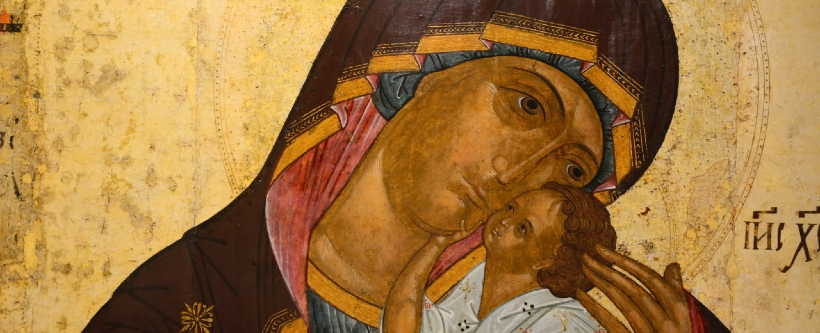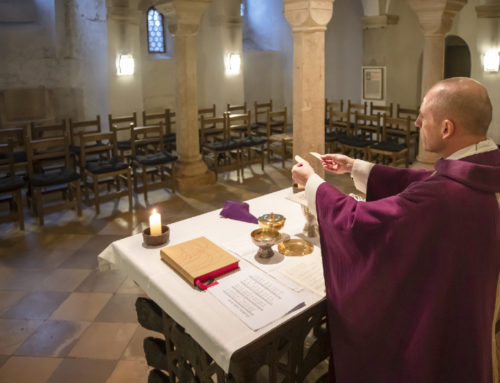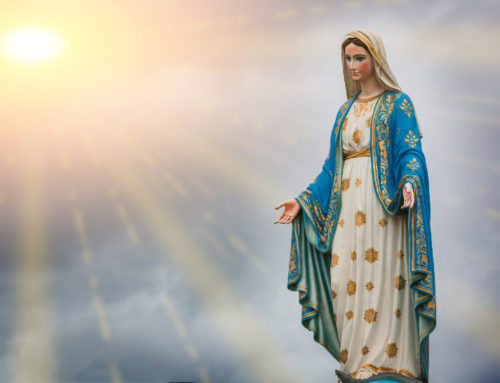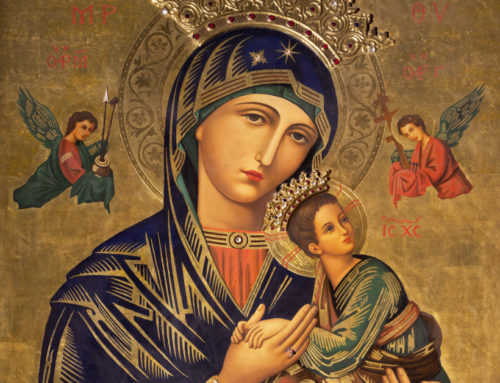
an antique Russian Orthodox icon
So, given everything we have said so far, why have the last thousand years been different from the first thousand years?
Let’s begin by breaking the first thousand years into two five-hundred-year periods. During the first five hundred years, the church was growing and spreading throughout the Mediterranean world. It was also dealing with a series of heresies that threatened the unity of teaching. As a result, ecumenical councils were called to define the correct teaching.
The beginning of this period was also marked by persecutions under various Roman emperors. The influence of Rome was primarily that of arbiter when asked to fulfill that role. There was no legal (juridic) authority evidenced by Rome at this time. This was changing, however, as Pope Saint Leo I (the Great), who reigned from 440 to 461, did attempt to establish the primacy of Rome, not just of honor, but of authority as well.
During this first five hundred years there were periods of estrangement between East and West, but no serious disagreements that would sever the bonds of communion. Both East and West recognized their differences of expression in matters of theology and discipline, and determined that they were not of such significance that they were worth addressing.
This was not the case during the second five hundred years. East and West continued to drift apart, not so much in matters of practice, or even of theology, but in terms of the philosophical underpinnings of their theological expression and thought patterns. This divergence caused both sides to readdress issues that had previously been considered relatively minor. Among these were the use of leavened bread (Eastern practice) versus unleavened (Western practice) bread, married versus celibate clergy, and so on.
In the late second century, there was also the shift in the West from Greek as their common language to Latin. Tertullian (circa 160-220) was the first of the church fathers to write in Latin. Saint Augustine of Hippo (354-430) was a master of Latin and was part of the reason for the increased use of Latin in the West. However, the East continued to use Greek as their primary language. With the West losing their desire to study and know Greek, an intellectual schism began to develop between the East and the West that, eventually, helped contribute to the Great Schism.
Once the break occurred (this took nearly six centuries to complete), further estrangement between East and West took place. Foremost among these was the issue of the filioque (the phrase “and the son”). Issues over the form of bread, the question of priestly celibacy, and other issues continued to cause difficulties. Further, the Latin Church called additional ecumenical councils (fifteen). Under the auspices of papal infallibility, formally defined at the First Vatican Council (1869-1879), Rome also defined certain matters of faith: the Assumption of Mary (November 1, 1950) and the Immaculate Conception (December 8, 1854), which were expressed in ways that make them difficult for the Orthodox to accept. Furtherance of the issue of papal supremacy has also complicated matters.
As a result, the minor slights of the first thousand years have been magnified during the second thousand years. The lifting of the mutual excommunications by Patriarch Athenagoras I and Pope Paul VI (October 1967) started the process of easing those tensions, but the process has barely started, and much remains to be done.
Excerpt from Faulk, Edward. 101 Questions and Answers on Eastern Catholic Churches. (Paulist Press: Mahwah, NJ) 2007.




